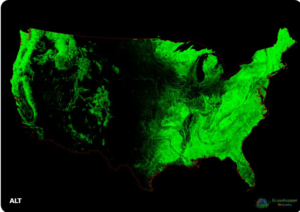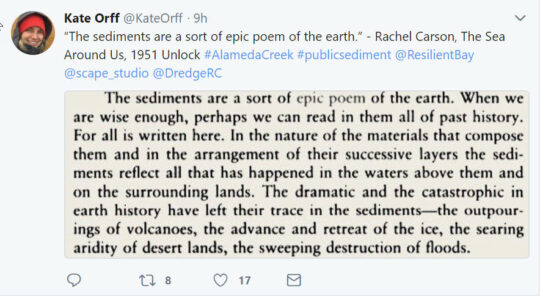Our world is changing. How shall we think about that? What tools of thought, of perspective, might help us think about and understand the changes we feel swirling around us?
Climate is, of course, the big change, in natural systems terms.
There is also huge human-vectored movement of living creatures–plants, animals, fungi, etc.–to new parts of the world and into new-for-them ecosystems–invasive species in common parlance.
We hear a lot about a predicted coming wave of species extinctions, driven by both of these processes.
Yet the earth has always been changing. The climate has changed drastically to both warmer and colder over earth’s history. Plants and animals have moved to new territories, gone extinct in others.
As it happens, there is a science that studies these kinds of changes, a science long preexisting current concerns.
Biogeography is the study of the patterns of distribution of living things. Put simply, biogeographers look for patterns in the distributions of organisms and then seek to understand the processes that produce those patterns.
Biogeography is a science older than ecology and yet while contemporary biogeographic scientists are doing all kinds of interesting work, I rarely see a biogeographic perspective presented in common discussions about our changing world.
I intend to share with you a biogeographic lens and biogeographic tools of thought with which we can explore our current changing world and how we might best live in it.



